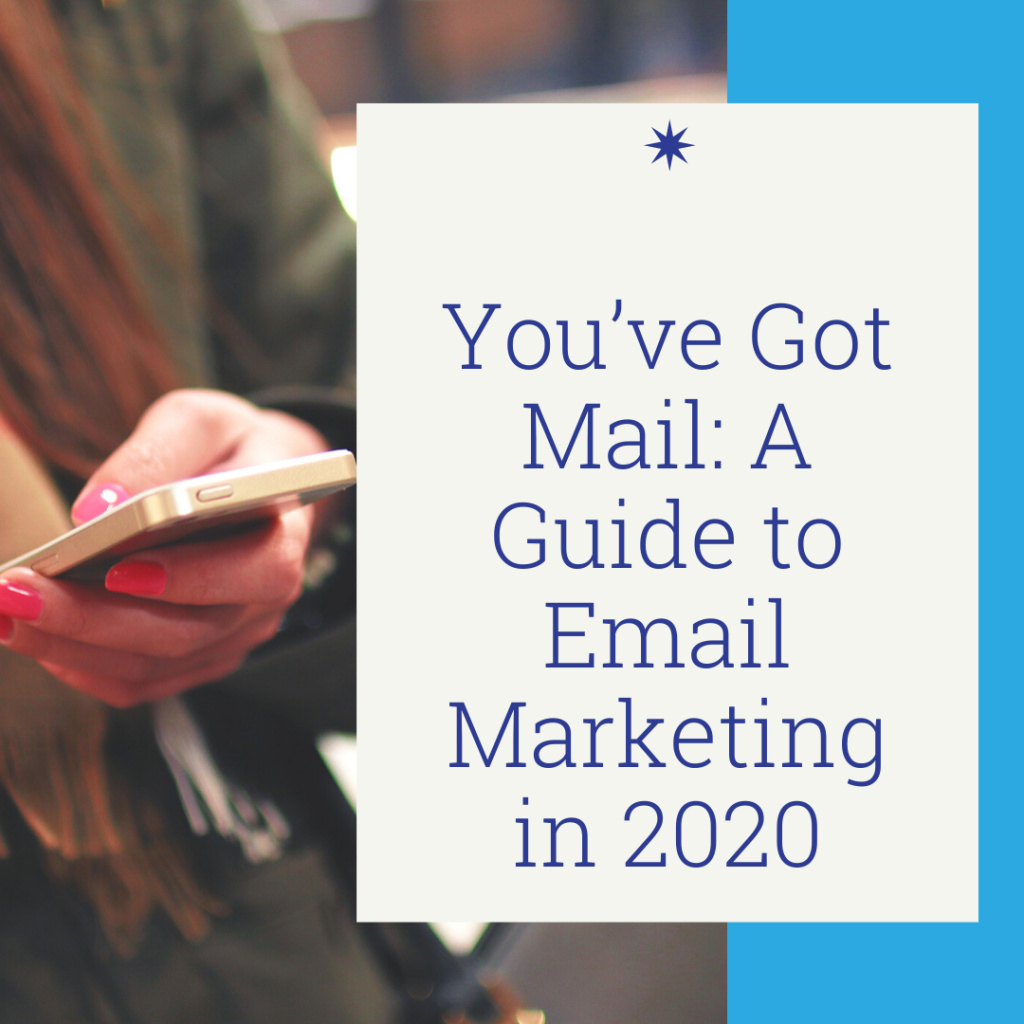
Back in the early 2000s, it was exciting to receive the AOL ‘you’ve got mail’ notification. Now there are about 111 billion emails sent and received every day, and getting your emails to stand out in someone’s inbox is more challenging than ever before. We’ll be discussing email marketing in 2020 and how to optimize the effectiveness of your company’s emails. From subject lines and content to layout and branding, we’ll cover it all.
If you don’t have an email list already, start cultivating groups of emails for clients, leads, and industry contacts. Segment them in your third-party email system so that people only receive the emails that are most relevant to them. If you’re sending an update about customer support hours, your industry contacts probably don’t need to receive that. By limiting the number of emails you send out and targeting the intended audience base, your emails will carry more weight in someone’s inbox.
Subject Lines: Email Opened
According to DMR, the average office employee receives about 121 emails every day. This means that many people are skimming their inboxes for the most interesting and important emails, using only the subject line to decide if your email gets trashed or opened.
To increase open rates, use short, easy to read subject lines, as people are skimming and inboxes will get cut off. 77% of all emails are opened on mobile, so consider the size of the screen and how much text they’ll see.
Keep the subject line engaging and give your audience a reason to open your email. Mention an offer, an event, or a sneak preview of the information inside the email. Give a sense of urgency, with lines like “Last chance to sign up!” or “Offers ends at midnight!”. Open rates are your best way of judging whether or not your subject lines are resonating with readers. Keep an eye on them as you develop your email marketing strategies.
Layout and Branding: Who sent this email?
Once someone’s opened the email you sent, what do they see? Is it easy to read and navigate, or is there an overwhelming amount of buttons and pictures? Keep your emails consistent so that when someone opens an email, they know it’s from your company.
This doesn’t mean you can’t be creative, but it does mean that you should keep consistent with your company’s branding standards. Use your logo, always include contact information, and consider keeping accent colors or fonts the same across various campaigns. By doing this, your audience will know what to expect and you’ll develop a cohesive brand across all of your marketing efforts.
Content: The Most Crucial Consideration
Now that you understand how to write a subject line that draws opens and use branding and layouts that engage with audiences, it’s time to breakdown the basics of email content.
Don’t include entire blogs in your emails. If you have a medium or long-form content to share with your audience, show a snippet or preview and then link back to your website for your audience to read the entire blog content. This will help generate website traffic and push them to spend time reading about your company.
Don’t send emails just for the sake of sending emails. Sending poor emails is always worse than just not sending an email at all. Don’t include overly technical writing that requires a reader’s full attention. With so many readers skimming emails, writing simple content that allows them to quickly get an understanding is more effective. For interested readers, include a link so readers you’ve drawn in can download content, visit your website, or find your more technical content.
Remember that the content of your email is the most important piece of the puzzle. Poor grammar, typos, or content that is not relatable to your audience, will create higher unsubscribe rates and leave people disengaging with your brand altogether. If you’re sending an email every day to announce a blog, consider consolidating and turning it into a weekly blog round-up. Looking to advertise an offer or announce a new product? Work that campaign into other emails so that instead of feeling spammed with five emails about the same topic, your audience can feel like it’s getting diverse, interesting content that’s gently driving them back to the offer or product promotion.
Adopting Email Marketing
Now that you’re armed with the information and tools for success, it’s time to start sending those emails! Utilize a third-party mass email system such as Constant Contact or MailChimp to build lists, design emails, and track analytics. If analytics are low, reevaluate emails and try switching up subject lines and email content. By carefully cultivating high-quality email marketing campaigns, your company can increase lead generation and sales!


